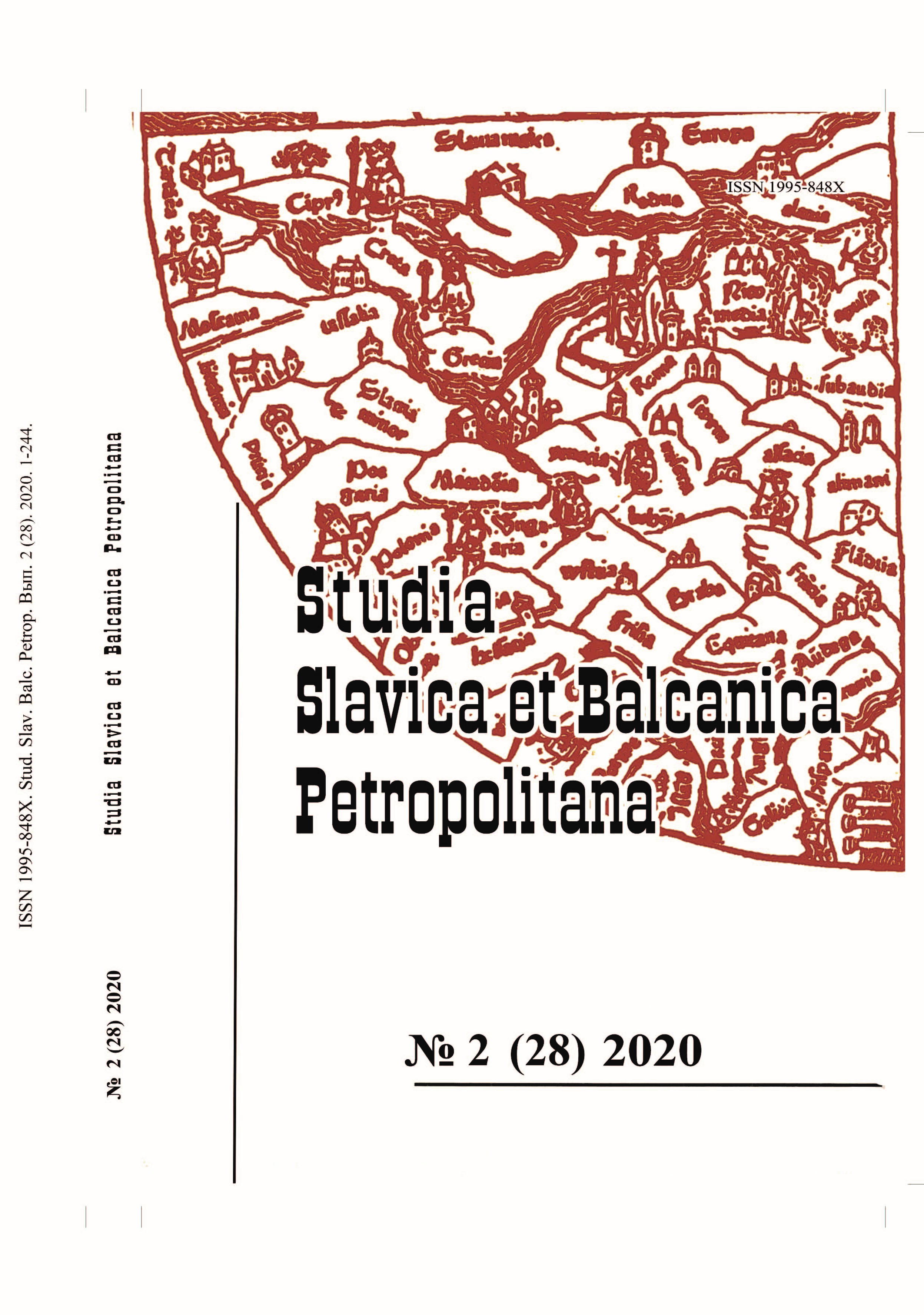Русские купцы в Ливонии в XVII веке
Russian merchants in Livonia in the 17th century
Author(s): Norbert AngermannContributor(s): Dmitrii I. Veber (Translator)
Subject(s): Economic history, Local History / Microhistory, 17th Century
Published by: Издательство Исторического факультета СПбГУ
Keywords: trade; Livonia; russian merchants; Early Modern time; Riga; Reval; Narva; Dorpat; Medieval studies; study of economics;
Summary/Abstract: The paper describes the trade activity of Russian merchants in Livonia (in the widest sense of the term, including Estonia), which was under the rule of Sweden and Poland in the 17th century and later only under the Swedish rule. The main purpose of Russian merchants in the beginning of the 17th century was Reval (Tallinn) and later Narva. They also visited Riga and much less Dorpat (today’s Tartu). The author was able to identify new evidence of this by working in the archives of Baltic cities. Shopping yards for Russian merchants were established in Riga, Narva and Dorpat, which served as living quarters and a place for storing and selling goods. Interesting information about this is provided by the accounts of German farm administrators in Narva and Derpt, which are analyzed in this article for the first time. Russian guests in Livonia were mainly middle and minor merchants, as well as representatives of the largest trading companies in Novgorod and Pskov, commissioners of the tsars and, on the other hand, artisans, peasants and fishermen. Their activities served the extensive European trade in linen, hemp, leather, fat and fur as the main Russian supplies. The Livonian inhabitants were also supplied with industrial and agricultural products. The number of visitors to Livonia from northwest Russia and beyond was significantly higher than the number of Livonian merchants trading in Novgorod, Pskov and Moscow.
Journal: Петербургские славянские и балканские исследования
- Issue Year: 2020
- Issue No: 2 (28)
- Page Range: 3-23
- Page Count: 21
- Language: Russian

